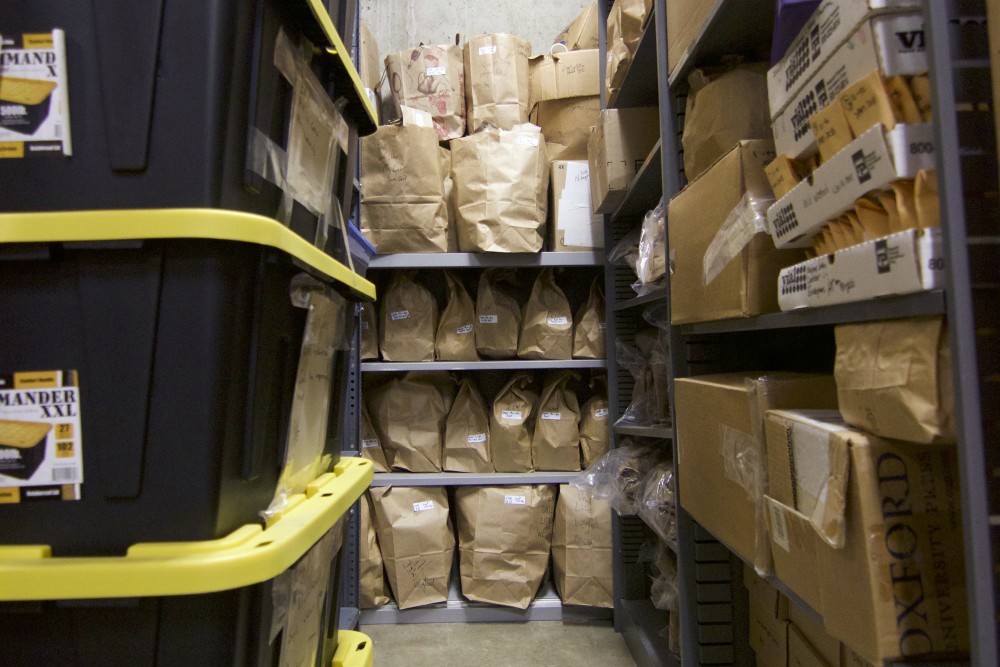In the early 1990s, researchers with the University of Minnesota’s ecology department began collecting dead leaves from trees, grasses and herbs for a study and stored them in the basement of the department’s building.
As part of a regular review of materials earlier this year, Christopher Buyarski and other researchers decided the 25-year-old samples could be destroyed as they were no longer needed for research. A week after Buyarski disposed of the samples, he was approached by researchers who wanted to use them.
“No one wanted those samples for 25 years,” Buyarski said. “It’s a fine balance because you’re basically gauging interest in the samples you collected against current and future projects while trying to utilize space efficiently.”
While the University has a policy that guides storage of financial and administrative documents, no policy exists for scientific data like specimens or samples, leaving them in limbo after a grant ends or the principle investigator leaves the project. Some faculty members are calling for more guidance from the University, which they hope could solve issues like limited storage space and cost associated with storing samples.

Leftover scientific samples cause issues for departments, as they are left responsible for sorting through data and determining what can be destroyed and what must be kept. Sometimes, regulations from organizations like the Food and Drug Administration and National Institutes of Health dictate how long samples must be stored. But often, faculty must decide this on their own, which can have legal ramifications if researchers need destroyed data later for a grant audit, said Leslie Kennedy, research director for the Department of Medicine.
Kennedy said after a faculty member left the Department of Medicine, colleagues found a file cabinet filled with his scientific notebooks. They didn’t know what to do with the notebooks, so they approached the Department of Medicine and the University, neither of which could offer a clear solution, she said.
“There should be some kind of guidance by the institution on what can be kept, what should be kept and what we are required to keep,” Kennedy said.
Issues with specimen retention also arise when departments move, like in the case of the Department of Earth Sciences, which moved to Tate Hall earlier this year, said Katsumi Matsumoto, a professor with the department.
Generations of faculty have collected rock samples that are stored in large, heavy cabinets, Matsumoto said. Faculty discussed whether to keep all of the samples, which filled 200 cabinets at the time, he said. In the end, they moved about half the cabinets, and the remaining will be stored in Murphy Hall, Matsumoto said.

Storing and moving large collections like the geology sample is expensive, Matsumoto said, and more guidance from the University would make these decisions easier for faculty.
While some faculty members want University-wide guidance, others, like Buyarski, doubt such a large policy would be effective.
“We are given a lot of latitude in our labs, so it’s hard to imagine a central policy from the University that could be implemented,” he said.
Increasing storage space wouldn’t be a solution, Buyarski said, as faculty often abuse storage space.
“The more storage space that is given, the longer it takes for people to get rid of stuff that’s not needed,” he said.
Faculty discussed the need for additional policy on specimen retention at a Senate Research Committee meeting last month, however the University was unable to offer any immediate solutions.
“At least an acknowledgement that this is an area where some more guidance is needed would be nice,” Kennedy said.

















